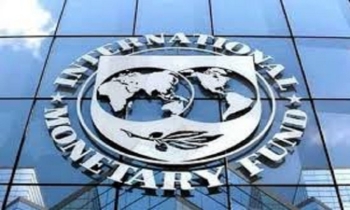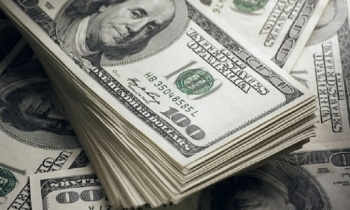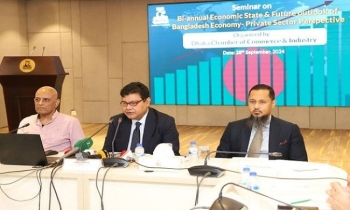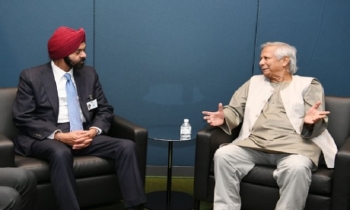High-end natural silk export to USA rises greatly
Jannatul Ferdushy || BusinessInsider

Representational Image. Photo: collected.
Once upon a time, natural silk fabric was a pride of historic Bangladesh. Vegetable-dyed silk was famous for its sophistication in the world market. Currently, export of the products is rising, after many hundreds of years.
According to the Office of Textiles and Apparel (OTEXA) an affiliate of the US Department of Commerce, import of sophisticated vegetable-dyed silk from Bangladesh into the US aggregated $25 million in January-November in 2021 FY and grabbed 6.13 percent of the American market.
The highest import recorded was $29 million in the last financial year. In 2019 it was $23.11 million, OTEXA data shows.
Due to unforeseen pandemic, the export of the value added silk simply stumbled. Though the export of the current year has dropped by 13.76 percent (year on year) in eleven months, the players think it will recover by the end of the year.
“Demand for the soft and fine silk is very high in the world market but because of lack of compliance in the factory, we cannot go ahead. The data shows formal export, we export more informally,” Alauddin Hossain, President of Bangladesh Silk Exporters Association told the Business Insider Bangladesh, on Tuesday.
He said, this potential sector is ignored, whereas, some 100,000 lakh of people are engaged here.
“Besides, the silk which is made through cultivating the worm is very expensive and highly demanded. So, if the government patronise, it will be an industry and may fetch billions of dollars,” he pointed out.
Bangladesh mostly produces endi silk, tasr, mulberry and motka silk. For its sophistication, the product is very popular among the elite class of the world, he thinks.
However, the prime peers of the country, Vietnam's shipments to the USA stood at $43 million while China fetched $231 million during this period.
In the local market the price varies---starting from Tk 500, it goes up to Tk 2,500 per yard.
The Separation of India and Pakistan in 1947 brought a disaster for Bengal Silk as more than 90 percent Bengal silk cultivation area fell into West Bengal of India.
After the Independence of Bangladesh in 1971, a grand sericulture development programme was incorporated in Rajshahi, a region particularly selected for the silk cultivation because of local weather. The place is perfect for growing mulberry trees and rearing the silk worms that only feed on the leaves of these trees.
























